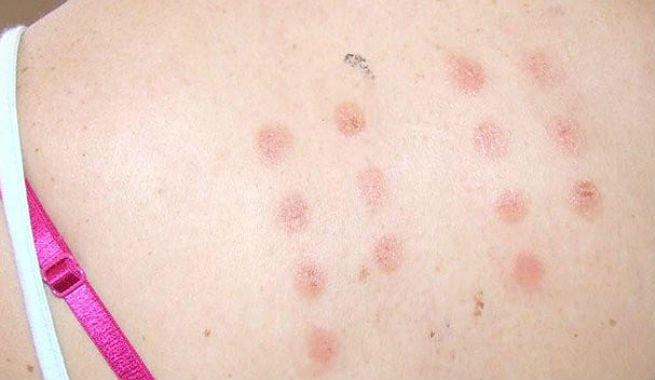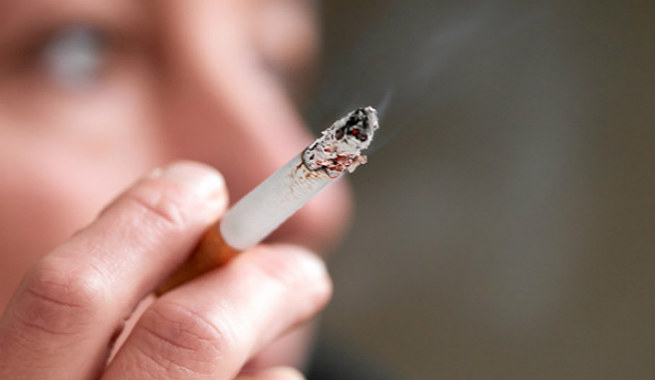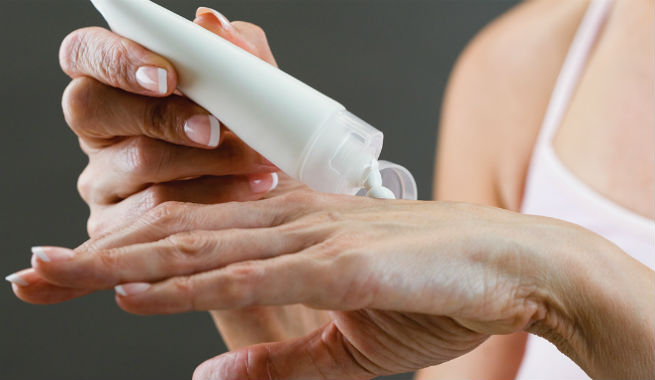Skin asthma or eczema, medically termed as ‘atopic dermatitis,’ is a genetic, non-contagious, and chronic skin disorder in which the skin becomes inflamed due to hypersensitivity caused by an ‘inherited barrier defect.’ In this post, we will talk about its causes, symptoms, and natural at-home treatments. Keep reading:
What is Skin Asthma
Skin asthma causes redness, rashes, and itchiness, which make the condition even worse as the person feels tempted to scratch the skin, complicating the situation to a large extent. Usually, there are three stages of skin asthma: the ‘Infant Stage’ (up to 2 years), the ‘Childhood Stage’ (from 2 years to puberty), and the ‘Adult Stage’ (after puberty). Their symptoms characterize each stage, but the face, limbs, and trunk are mostly affected. The condition is more common in women and girls than men and boys. (1) (2)
Also Read – Soothing Oatmeal Bath For Eczema – DIY Recipe For You
Causes Of Skin Asthma
As mentioned, skin asthma is a genetic disorder primarily caused by the ‘inherited barrier defect.’ It is an imperfection of our skin’s protective barrier (resulting from gene mutation), which affects the covering factor by making the skin more permeable and reducing its antimicrobial properties. Consequently, the skin’s natural moisture is lost, the lipid organization is disrupted, and the surface turns flat. This also reduces the skin’s pH, leaving it more acidic, and promotes the digestion of epidermal proteins and lipids by activating certain enzymes. The inflammation in skin asthma becomes even more severe due to increased cytokine (a chemical messenger) production, which leads to extreme water loss and easy penetration of irritants.
While this is the main reason behind the relapsing condition, some triggers make the skin more irritated and swollen. These include:
- Chemical irritants (soaps, detergents, hair dyes, perfumes, cosmetics, etc.)
- Inhalant / air-borne allergens (pollen, dust, sand, mold, dust mites, pet dander, etc.)
- Certain foods (egg, chicken, shrimp, chocolate, peanut, etc.)
- Wool / synthetic fibers
- Moisture loss in the skin
- Extreme changes in temperature (too hot / too cold)
- Exposure to cold, dry air
- Emotional stress
- Flu / cold
- Sunburns
- Extreme perspiration
- Cigarette smoke
Symptoms
Though the symptoms of skin asthma vary from stage to stage, it primarily grows as red, flaky, itchy rashes and gradually turns into scaly, leathery patches. Other symptoms include extreme dryness and itching, flakiness, redness, crusting, swelling, discoloration, cracks, white bumps, blisters, bulky / thickened skin, fluid leakage from specific spots on skin, discharge from ears, and so forth.
Natural At-Home Treatments
Skin asthma can be diagnosed through a detailed examination, including family history, personal history, and skin analysis (skin biopsy, allergy epidermis test, etc.). Based on the reports, topical treatments can be recommended by doctors. However, some excellent natural at-home treatments keep your flare-ups under control or remove them altogether. Here we go:
- Consume foods rich in natural anti-inflammatory qualities, such as omega-3 fatty acids, vitamin B, flavonoids, and zinc. These include leafy green vegetables, dark berries, citrus fruits, coldwater fish, spinach, nuts, seeds, etc. Taking multivitamin supplements will also help in fortifying your immune system. Also, drink plenty of water to stay hydrated.
- Prepare an oolong tea concoction and drink it twice every day. This is quite effective in diminishing the symptoms of skin asthma.
- Keeping stress at bay is vital; exercising can help you do this effectively. Practice cardio, Pilates, yoga, pranayama, tai chi, etc., daily to reduce stress levels and improve immunity.
- Intensive moisturization is the key to a successful skin asthma treatment. Apply a good moisturizer with deep-hydrating qualities to your cleansed skin thrice daily. You can use natural herbal (or organic) moisturizing creams, lotions, OTC ointments, or even petroleum jelly, which contain zero fragrance with little to no chemicals.
Also Read – The Must-Know Skin Care Tips For Rosacea
- Applying vitamin E oil (or the content of vitamin E capsules) to the troubled areas of the skin can aid in reducing irritation and inflammation.
- If you can avail fresh leaves of the blueberry tree, take a handful and make a smooth paste. Rub it gently to the inflamed area to get relief from itching.
- Try to identify the triggers that affect your skin and avoid them under all circumstances. It includes foods, chemicals, skin care products, makeup items, and other things that make your skin hypersensitive.
- Make sure that the beauty products you are purchasing are hypoallergenic. Also, switch to mild, fragrant-free soaps, body washes, and detergents from harsh and chemical-laden ones.
- Add colloidal oatmeal (or baking soda) to your bath water to keep your skin clean and hydrated. You can also make a homemade herbal body wash by boiling white oat bark, slippery elm bark, and comfrey root in filtered water for 30 minutes.
- No matter how strong your urge is to scratch the affected parts of the skin, keep it under control at any cost. Instead, use cold compresses, OTC topical anti-itch cream, or oral antihistamines to reduce itching. Also, keep your nails as short as possible.
- Try to stay in a well-humidified place to avoid temperature extremes.
- Limit your contact with water as it may aggravate the condition.
- Avoid places full of dirt and dust.
- Never smoke.
Also Read – Galvanic Skin Treatment (Galvanic Facial) – Procedure, Benefits, Side Effects, and Cost
Summary
Skin asthma, or atopic dermatitis, is a genetic, chronic skin disorder characterized by inflammation due to an inherited barrier defect. The condition progresses through infant, childhood, and adult stages, primarily affecting the face, limbs, and trunk. A genetic mutation causes a compromised skin barrier, increasing susceptibility to irritants. Triggers include chemical irritants, allergens, certain foods, and environmental factors. Symptoms range from redness, itching, and rashes to scaly patches. Natural treatments involve a nutrient-rich diet, stress management, oolong tea, and moisturization.



